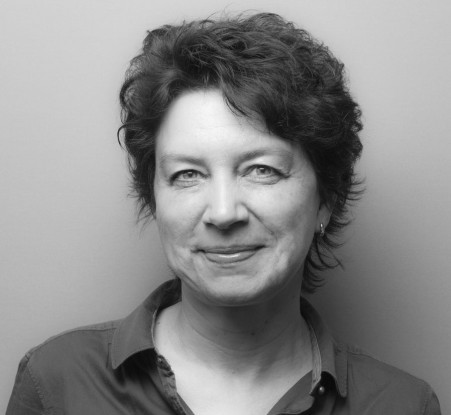The studio explored new ideas and processes for a resource-efficient circular economy in architecture, using digital technologies and computational design methods. What if we scan existing buildings that ran out of use and convert them into digital models for deconstruction? Construction elements such as columns, beams and slabs can be harvested and subsequently subdivided into smaller modules that provide more flexibility for future use. Robots will precisely cut the elements that are furthermore complemented by 3d printed parts and assembled with the help of Augmented Reality. The process has been prototypically implemented in the DDU RoboLab. The participants learned the technologies 3D-scanning, 3D-printing and photogrammetry, dry-joint connections, robotics and augmented reality.
After working with the above mentioned technologies all participants used the newly gained knowledge for the design task in form of a student competition:
Together with the IBA Basel 2020, the city of Lörrach has launched the student competition „Haltestelle der Zukunft“. The city asked for ideas for a bus stop that will make it possible to experience a vision of future mobility, travel across borders and at the same time in the region. Participants explored how future stops look like when they are made from reused concrete components. All design were expected to not only form a bus stop but also become the repository of future buildings. Thus, all design needed to have a strong narrative of innovative non-linear material flows.
Bus Stop through the Lense of a Machine
by Anna Braumann, Lucia Martinovic, Nastassia Sysoyeva
The group started 3dscanning the architecture building at TU Darmstadt and speculated on the future use of the structural concrete elements. The project won a honorable mention in the architecture student competition „FUTURE STOPPS – Halt 4.0“ organized by the city of Lörrach and IBA Basel 2020. 3D scanning was supported by Christian Hickel and the FG Geodätische Messysteme und Sensorik from Prof. Andreas Eichhorn.
Stations
By Julia Kühn
Julia suggests to involve the citizens of Lörrach into the design process of the bus stops. through smartphone games. Designing your city from upcycled building elements will create awareness to the cradle to cradle approach. The project won a honorable mention in the architecture student competition „FUTURE STOPPS – Halt 4.0“ organized by the city of Lörrach and IBA Basel 2020.
A hospital for concrete elements
by Katharina Kostka
When we change from linear to circular economy we need to take care about the parts that we use over and over again. In Katharina’s concrete hospital building elements first go through anamnesis to identify a suitable treatment. Healthy parts are immediately reused, damaged parts are healed through additive manufacturing or – in severe cases – need an amputation before becoming a new building element. The hopeless cases might still be down-cycled and ground for future use in road construction.
Stop n’ Storage
by Julia Sajak, Leonie Reußner
When we change from linear to Circular Economy we need reversible connections between elements. Adhesives and mortar prevent easy and damage-free dis-assembly. Aggregating elements into dry-jointed structures through their bespoke geometry and the topology of their assembly turns building into material stock for future construction. Julia and Leonie use topological interlocking to build their reversible bus stop.
Future Stops
by Yuxi Liu und Jie Yang.
During the deconstruction of abandoned buildings, their concrete components will be divided into two categories: undamaged and damaged components, which will be processed in different ways: the undamaged parts become large spanning elements while the others are cut by robots directly into smaller modules. The angular cuts allow for expressive dry-joint constructions.











































